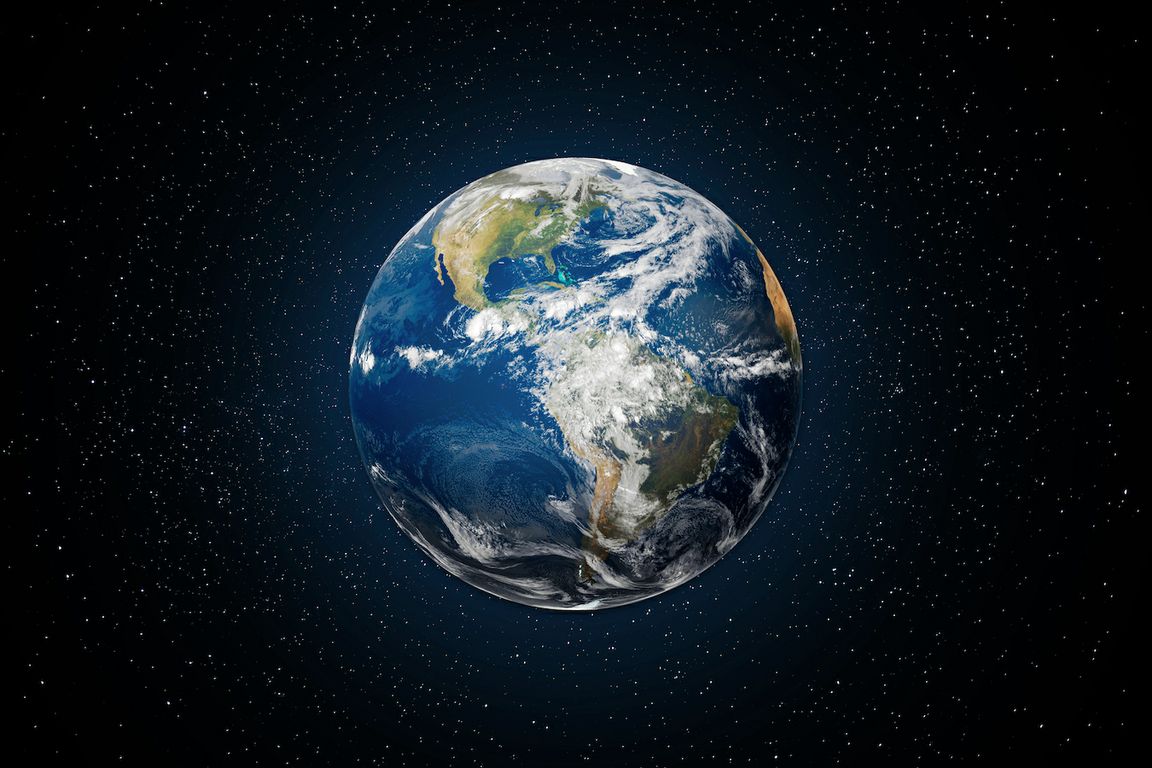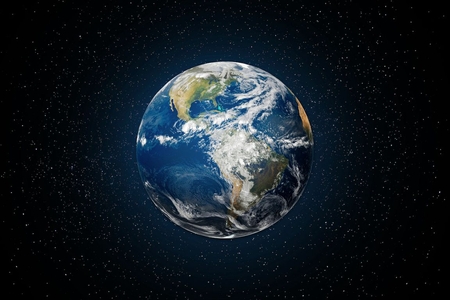 Image Credit: iStock.com/24K-Production
Image Credit: iStock.com/24K-Production
A recent UCLA EPSS study has found that water on Earth–and Earth-like planets–may not exist through accidental delivery by comets and asteroids, as previously thought, but rather as a result of hydrogen rich atmospheres during planetary formation.
The study, published in Nature and led by EPSS Professor Ed Young, in collaboration with fellow EPSS Professor Hilke Schlichting and EPSS alumna Anat Shahar, used laboratory simulations and mathematical modeling to explore the exchange of materials between molecular hydrogen atmospheres and magma oceans on rocky “super-Earths.” They found that the hydrogen in the atmosphere reacts with the oxygen molecules in the liquid-hot magma to become water, with far reaching implications regarding the potential for life outside Earth.
The prevalence of these conditions during planetary formation indicates that this water-creation process may have been replicated on countless other planets across our universe, meaning there may be many Earth-like planets out there with sufficient water for life.
Learn more about the study and its implications through UCLA Newsroom and Nature:
https://newsroom.ucla.edu/releases/earth-like-planets-may-be-an-inevitability
https://www.nature.com/articles/s41586-023-05823-0
See the headline in Geochemical News: https://www.multibriefs.com/briefs/GS/GS041823.php
